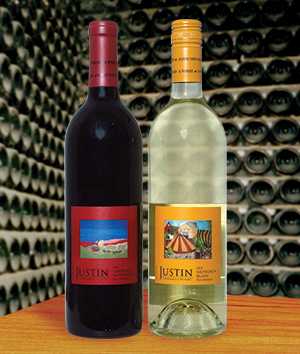 Justin Time
Justin Time
Justin Vineyards and Winery is located in Paso Robles in California’s Central Coast region. William Randolph Hearst’s famous “castle,” San Simeon, is due west over the Sierra Madre mountains.
Justin was founded in 1981 by Justin Baldwin when he planted the 160-acre property with the major grapes of Bordeaux, and the emphasis on Bordeaux-style blends and single varietals remains to this day. In addition to the estate vineyard, Justin sources grapes from thirteen affiliated growers in the area.
The winery’s three prime areas of focus are: a “left bank” Bordeaux-style blend of Cabernet Sauvignon, Merlot, and Cabernet Franc, named Isosceles, Justin’s flagship and most well-known offering; Justification, its “right bank” Merlot and Cabernet Franc cousin; and varietal bottlings of Cabernet Sauvignon and Syrah. They also produce limited amounts of Tempranillo, Zinfandel, Malbec, Petit Verdot, Port, Sauvignon Blanc, Chardonnay, and Viognier.
For these varietals, each year Justin commissions a different artist to execute the art portion of the label. The winery buildings and their surrounding vineyards are always the subject matter, the idea being that the artists’ interpretation of the winery is like the winemaker’s interpretation of the vineyard’s grapes.
In addition to the tasting room, there is also an inn and restaurant on the property.
Sauvignon Blanc 2010
This unoaked wine spent five and a half months in stainless steel before bottling. It is almost colorless, with hints of pale straw and delicate green.
The nose offers aromas of fresh peach, citrus notes dominated by ruby grapefruit, and a hint of coconut.
On the palate the wine is dry, with bright acidity, and some of the peach flavor carries over from the nose. The body has very good structure for a sauvignon blanc.
Pair this wine with Rosemary-Lemon Chicken, Crab and Shrimp Etouffee, or Broiled Scallops.
Cabernet Sauvignon 2009
After a balanced growing season and unchallenging harvest, Justin’s ‘09 Cabernet was matured for 16 months in French and American oak, 33% of it new.
In the glass, this wine is a not-quite opaque ruby red. It features aromas of black fruits, with a vanilla note from the oak. Surprisingly, there were almost no legs.
Its taste offers up red and black cherries and red currents, although the fruit is somewhat recessive, and is reflective of Justin’s preference for an old-world style, rather than what one might usually expect from the Central Coast. The wine is nicely tannic, with a medium finish.
This food-friendly wine would work well with Yankee Pot Roast, Creole Pork Chops, or Chicken Cacciatore.
https://justinwine.com/
Top of page: https://winervana.com/blog/
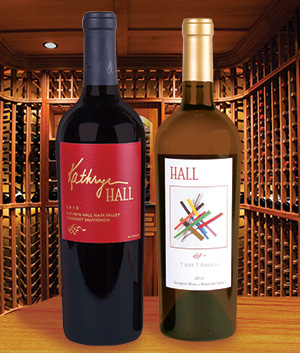 Kathryn Walt Hall has a most impressive curriculum vitae. To touch on just a few of the high points, she is the proprietor of HALL Wines and WALT Wines [family businesses she has been involved with for over thirty years], was assistant city attorney in Berkeley, California, worked as an attorney and businesswoman in Dallas, Texas, and has served on numerous non-profit and institutional boards, with an emphasis on issues related to social care and mental health. From 1997 to July 2001, Ms. Hall served as the United States Ambassador to Austria. In the midst of this, together with her husband Craig she has raised four children.
Kathryn Walt Hall has a most impressive curriculum vitae. To touch on just a few of the high points, she is the proprietor of HALL Wines and WALT Wines [family businesses she has been involved with for over thirty years], was assistant city attorney in Berkeley, California, worked as an attorney and businesswoman in Dallas, Texas, and has served on numerous non-profit and institutional boards, with an emphasis on issues related to social care and mental health. From 1997 to July 2001, Ms. Hall served as the United States Ambassador to Austria. In the midst of this, together with her husband Craig she has raised four children.
 Justin Time
Justin Time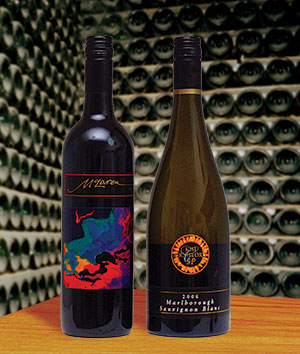 Linchpin McLaren Vale Shiraz 2004
Linchpin McLaren Vale Shiraz 2004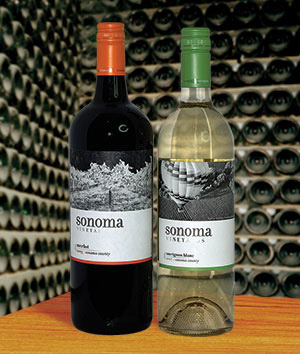 Tom Klein graduated from Stanford Graduate School of Business in 1979, and established a career as a management consultant. In 1985, Klein received an assignment to evaluate the business of Rodney Strong Vineyards. He liked what he saw, and in 1989 he and his family purchased the winery.
Tom Klein graduated from Stanford Graduate School of Business in 1979, and established a career as a management consultant. In 1985, Klein received an assignment to evaluate the business of Rodney Strong Vineyards. He liked what he saw, and in 1989 he and his family purchased the winery.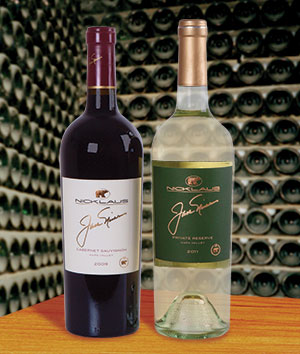
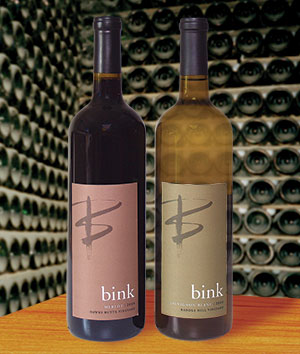 California Girls
California Girls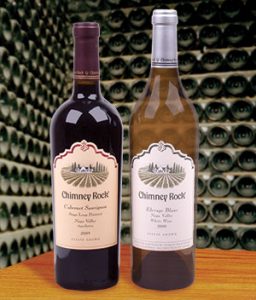 The Stags Leap District AVA is in the very heart of Napa Valley. It runs from north to south for about three miles along the Silverado Trail, and its 1,350 [very prized] acres were first planted with Cabernet Sauvignon in 1961, for which it would soon become renowned. The name comes from an outcropping of red rocks at the area’s eastern boundary, where a stag supposedly escaped his pursuers by leaping across the treacherous gap.
The Stags Leap District AVA is in the very heart of Napa Valley. It runs from north to south for about three miles along the Silverado Trail, and its 1,350 [very prized] acres were first planted with Cabernet Sauvignon in 1961, for which it would soon become renowned. The name comes from an outcropping of red rocks at the area’s eastern boundary, where a stag supposedly escaped his pursuers by leaping across the treacherous gap.